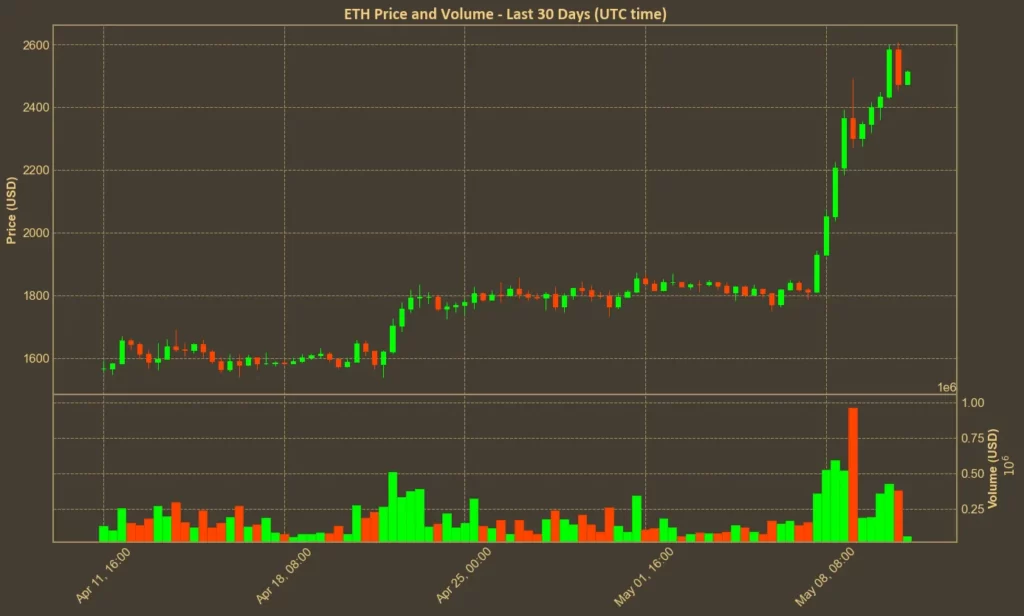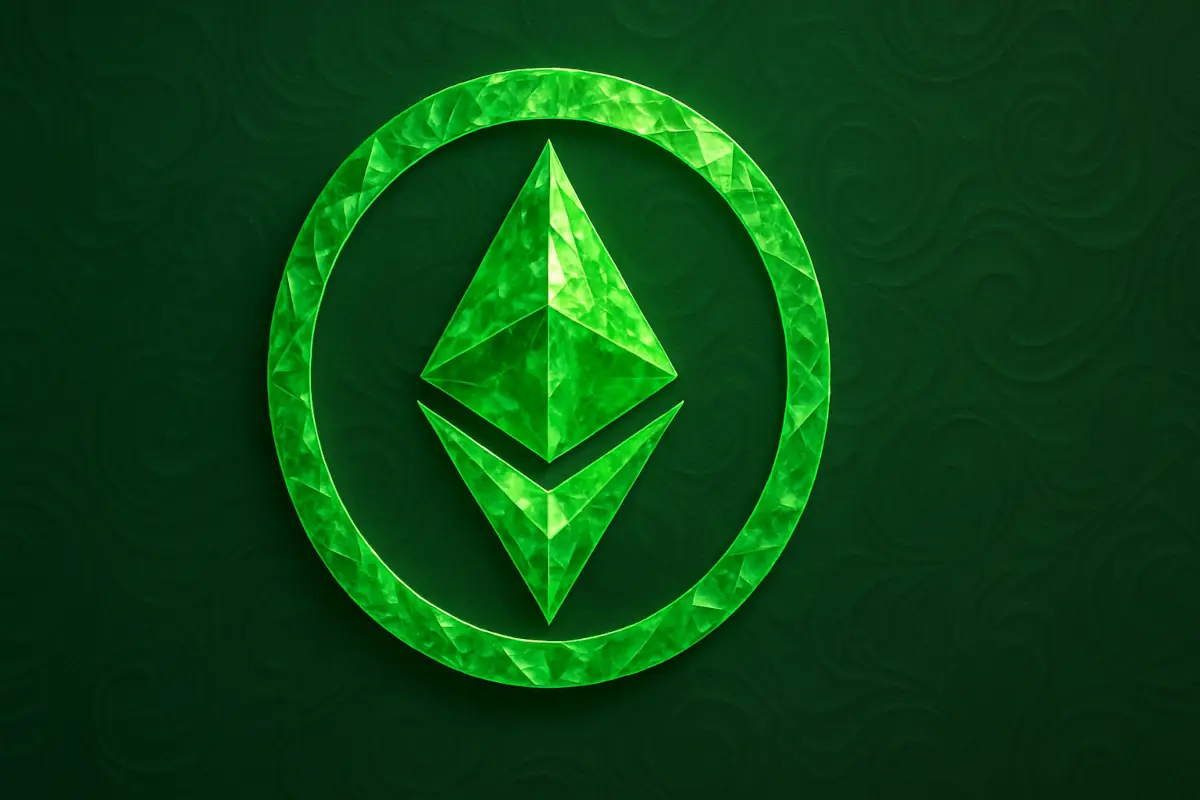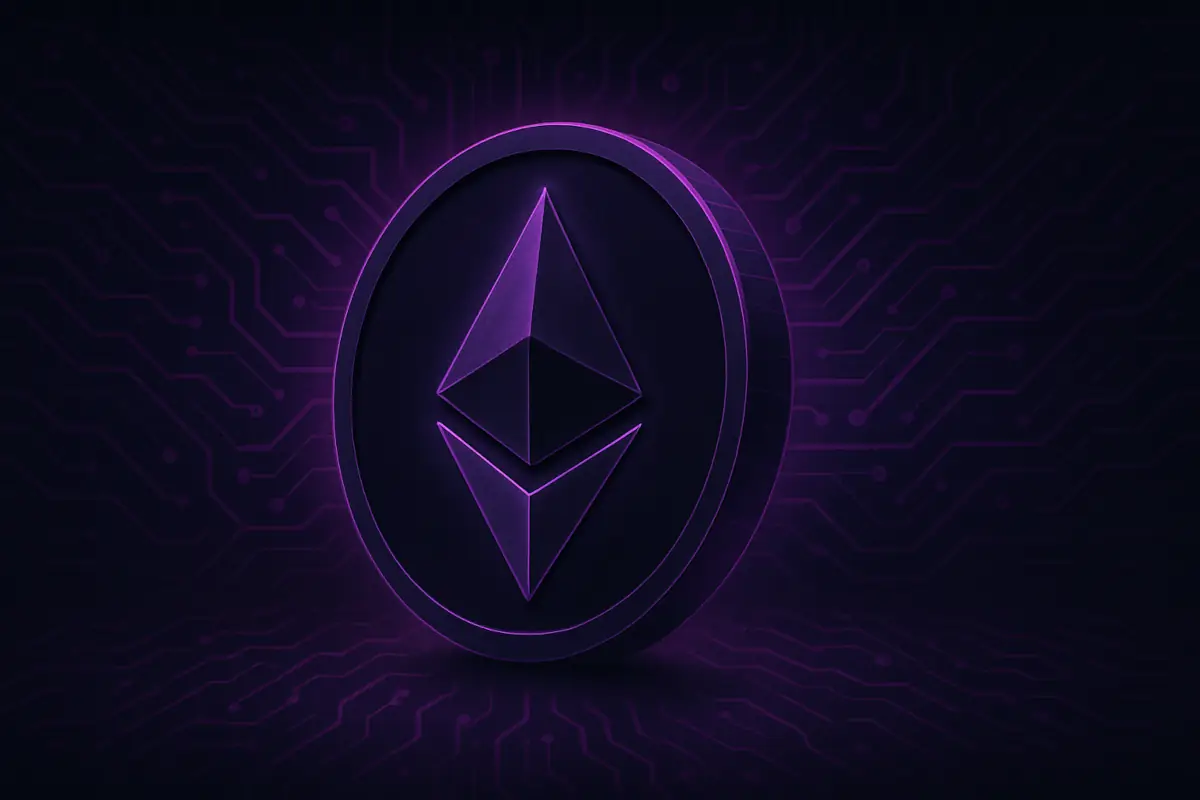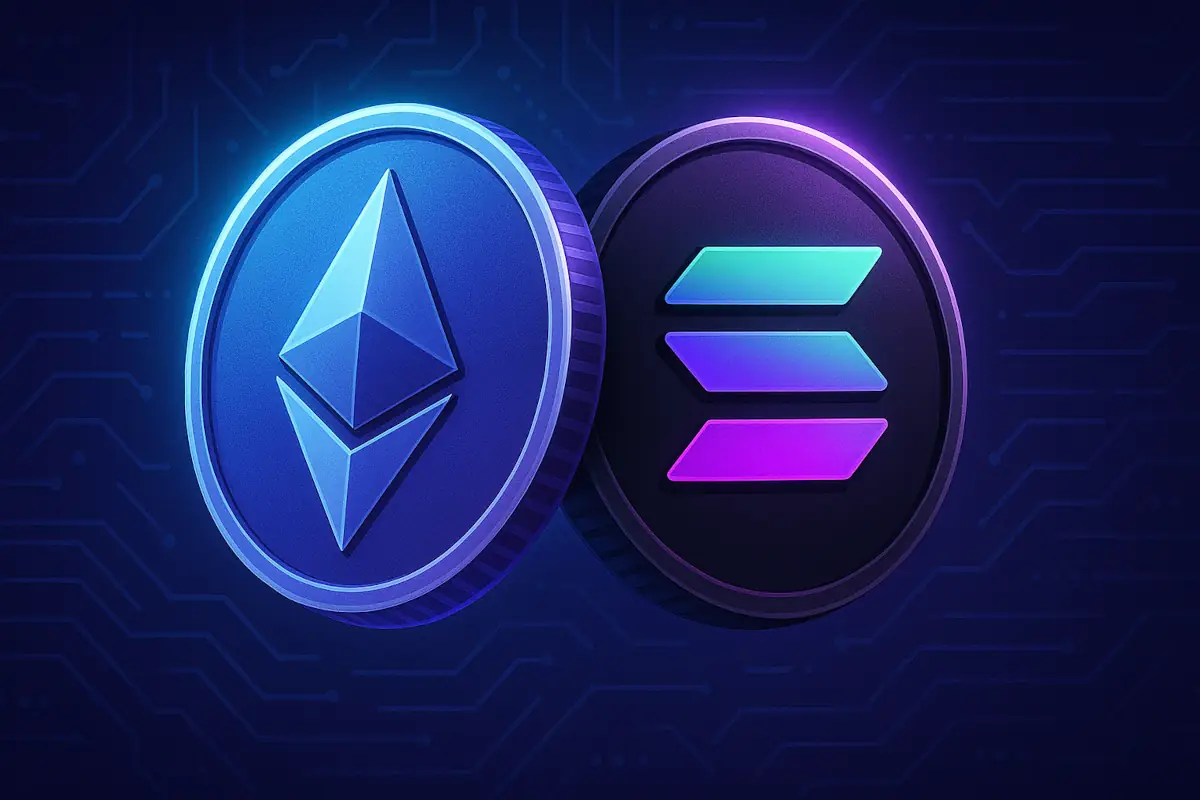Ethereum surged more than 35% this week, pushing above the $2500 mark for the first time this year. The rise, which follows months of stagnation, is backed by two major reasons – Ethereum’s Pectra upgrade and broader crypto market optimism. Pectra is the biggest technical step since the Dencun update from March 2024.

With the Pectra upgrade already pushing Ethereum this far, the question now arises – what will the next update do?
We cover all the changes that Pectra brought in detail in this article.
Table of Contents
What Is the Fusaka Upgrade?
The next milestone for Ethereum is the Fusaka (Fulu + Osaka) upgrade, scheduled for the third or fourth quarter of 2025. This upgrade is expected to further improve the network, especially by making it more scalable and less expensive to use. It focuses largely on Layer 2 solutions that process transactions more efficiently.
The Pectra upgrade has already laid some groundwork. Fusaka is planning to continue that effort by introducing new features aimed at reducing data loads, increasing transaction speed, and expanding the capacity of Ethereum’s infrastructure. These upgrades are intended to support Ethereum’s growing role in global finance and digital applications.
Fusaka’s Core Focus: PeerDAS and Rollup Efficiency
One of the major components of the Fusaka upgrade is Peer Data Availability Sampling (PeerDAS), which comes under EIP-7594. PeerDAS allows the network to verify large datasets without having to download them entirely. This method makes it easier for nodes to operate and boosts the system’s overall capacity.
The introduction of PeerDAS is expected to increase Ethereum’s data throughput significantly. Current proposals suggest increasing the blob target from 3 to 48 and the blob limit from 6 to 72. Blobs are data chunks used mainly by Layer 2 rollups, which are systems that bundle many transactions off-chain before submitting them to Ethereum. These changes could make rollup-based transactions cheaper and faster.
Several previously deferred improvement proposals are also being considered for Fusaka. These include EIP-7549 for scalability, EIP-3670 for code validation, and EIP-4750 for contract function enhancements. Another proposal, EIP-7825, aims to stabilize network activity by capping gas limits for transactions. EIP-7907 would increase the maximum contract size from 24KB to 256KB, which would require higher fees for larger contracts.
EOF Removal and Why It Matters
Originally, the Fusaka upgrade was supposed to include changes to the Ethereum Virtual Machine (EVM) through something called the Ethereum Object Format (EOF). EOF was designed to improve how smart contracts are written and executed by introducing a clearer structure to the code. It aimed to make bytecode easier to verify, reduce bugs, and support future improvements.
However, due to technical concerns and pushback from the developer community, EOF has been removed from Fusaka. Critics said EOF added too much complexity and posed potential risks to future development. Ethereum core developer Tim Beiko confirmed the removal, citing concerns about delays to the Fusaka rollout if EOF remained part of the package.
EOF would have introduced new bytecode instructions like RJUMP and RJUMPI to replace older, riskier commands. It also proposed structured bytecode formats and deployment rules. However, these changes required developers to overhaul their tools and workflows, raising fears of bugs and long-term maintenance issues.
Community Reactions on Dropping EOF
The decision to drop EOF has received mixed feedback. Some developers welcomed the move, saying it helps keep the upgrade on track and avoids unnecessary complications. Others see the removal as a missed chance to improve the EVM environment. Pascal Caversaccio, a known developer, posted on Ethereum Magicians:
“The biggest issue I see is that EOF is extremely complex.”
He further added that its benefits could be introduced in more piecemeal, less invasive updates.
He warned that the upgrade would increase contract size and make EVM code harder to manage. Caversaccio also pointed out that introducing EOF would require significant tooling changes, which could introduce new vulnerabilities.
A poll on ETHPulse reflects similar concerns. It showed that 39 voters holding almost 17,745 ETH opposed EOF, while only seven holders of less than 300 ETH supported it.
Ethereum’s Path Ahead
Ethereum’s current focus lies in keeping development steady without compromising progress. The rollout of Pectra and the planned Fusaka upgrade signal a commitment to long-term improvements. While some features like EOF have been delayed, the broader aim remains: making Ethereum more scalable, easier to use, and better prepared for future applications.
According to Ethereum Foundation co-executive director Tomasz Kajetan Stańczak, Fusaka is tentatively scheduled for launch between July and December 2025. Although the final date remains undecided, development work is ongoing. The priority remains to implement PeerDAS and other proposed EIPs to improve scalability and reliability.




